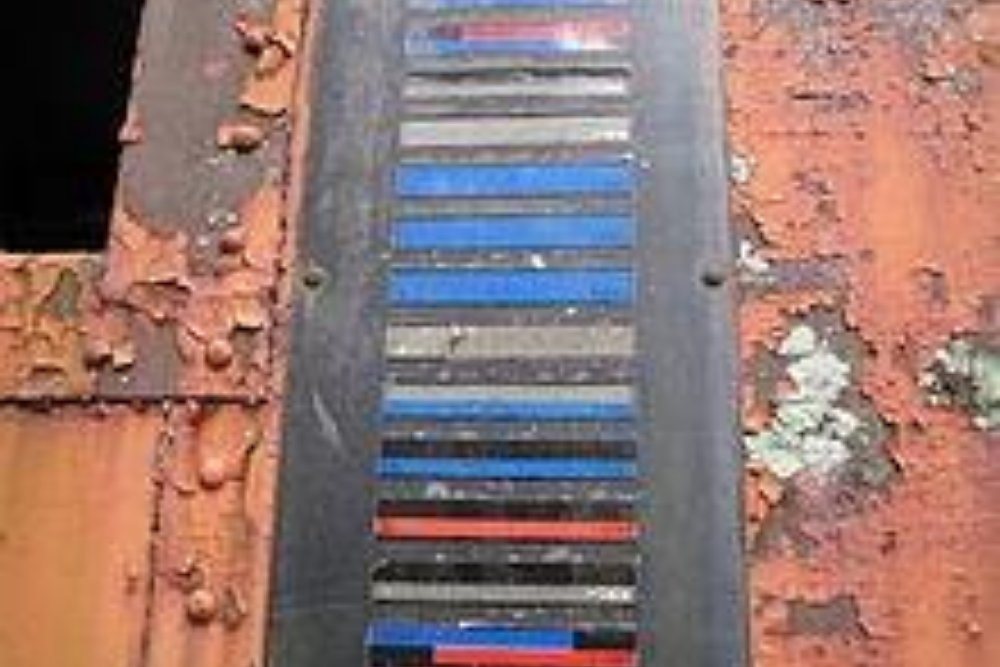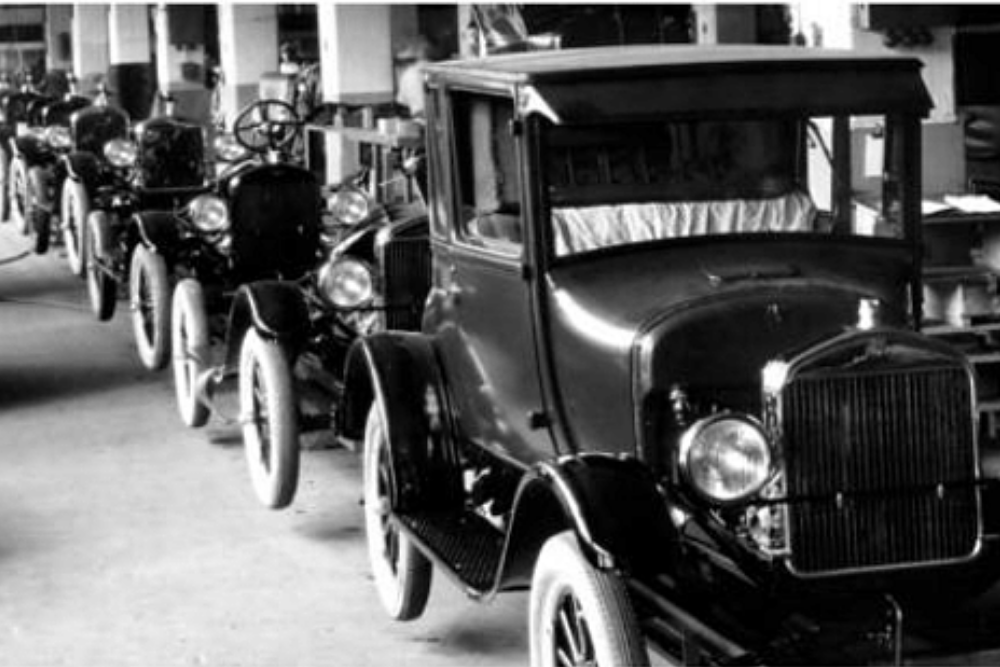The 7 Wastes of Lean Manufacturing
Ubisense2024-03-26T16:26:07+00:00In today's competitive business landscape, companies strive for operational excellence and efficiency to gain a competitive edge. One proven methodology that helps organizations achieve these goals is Lean Manufacturing. Lean Manufacturing is a systematic approach that focuses on eliminating waste and creating value for the customer. Central to this methodology are the "7 Wastes," also known as the "7 Mudas," which identify common sources of inefficiency within manufacturing processes. By understanding and addressing these


